If a country only had one tourist attraction, the Uyuni Salt Flats would be enough to bring me there. But in addition, Bolivia has the Urus Floating Villages, Death Road, and two capitals, one of which wins the “capital at highest altitude” award, so high that flat screen TVs won’t work and people get altitude sickness. Oh, and peanuts are from Bolivia.
Navigate this page: Missions, Booklists, Incas, Ecosystems, Cooking, Composer Study, Folk Dance, Folk Music, Art Project, Physical Education, Games, Movie, Videos
This post may contain Amazon Affiliate Links. I may earn a few cents on qualifying purchases. Thanks in advance for helping with the costs of running this blog!
Mapping it Out
- “Atlas of Animal Adventures“: Leaf Cutter Ant in Bolivia
- Video: “Bolivia’s Death Road“
- Crayola.com’s Free printable of Bolivia’s Flag and Map
- Seterra.com’s Free printable maps of South America
- Seterra.com’s Free online geography games for South America
Missions Spotlight
- Out of all the South American countries, Bolivia has the highest percentage of indigenous population, of which the biggest groups are the Quechua and the Aymara. More people actually have the indigenous language as their first language and learn two languages in school.
- Compassion International has an interactive page for kids about Bolivia:
- Prayercast.com/Bolivia: Prayer Points, Country Summary, Quick Facts
**parents should preview the prayercast.com video for sensitive topics that may not be age appropriate
Booklists
Introduction to Bolivia (these series have been kid approved)
- “Bolivia,” by Lisa Owings (Exploring Countries series, grades 2-5)
- “Bolivia,” by Nel Yomtov (Enchantment of the World, grades 5+)
- Article: “Uros People of Lake Titicaca,” AtlasObscura.com
Picture Books
- “Children Around the World,” by Donanta Montanari (one layout about Bolivia)
- “The Homesick Club,” by Libby Martinez
- “The Rooster Who Would Not Be Quiet,” by Carmen Deedy
- “Love and Roast Chicken: a trickster tale from the Andes Mountains,” by Barbara Knutson
- “Incan mythology and other myths of the Andes,” by Greg Roza
Incan Empire: The Great Inka Road
About two years ago, we visited the Smithsonian Museum of the American Indian in Washington, DC, and walked through a temporary exhibit of The Great Inka Road. I still had the activity guides (half finished because the kids were little) and you can print it out for a study of the Ancient Incan Empire, spanning the countries of Ecuador, Peru, Bolivia, and Chile. This video goes along with the booklet: Origin Story of the Inka. According to the approximate geography for each region, I assigned the pages as following:
- Ecuador: Chinchaysuyu, Pages 6-7
- Peru: Contisuyu, Pages 12-13
- Bolivia: Antisuyu, Pages 8-9
- Chile: Collasuyu, Pages 10-11
Ecosystems of Bolivia
- “Seven Natural Wonders of Central and South America,” by Michael Woods and Mary B. Woods (includes the Andes Mountains and the Amazon River)
- “Animals in danger in South America,” Louise and Richard Spilsbury (includes the Andes Mountains and the Amazon River)
Uyuni Salt Flats (Salar de Uyuni)
- “Dark Hedges, Wizard Island, and other magical places that really exist,” L. Rader Crandall (section about Salar de Uyuni)
- AtlasObscura.com has a nice summary of the Bolivian Salt Flats, and yes, there is a hotel made of salt that you can sleep in! Apparently this is also where to go to play with perspective in photography and videography, so I cannot resist posting the excellent perspective shots on these two vlogs:
- Video: World’s Biggest Mirror: Kara and Nate
- Video: Bolivia Salt Flats, Salar de Uyuni: Flying the Nest
The Pantanal (also listed under Brazil and Paraguay)
The Pantanal is a region of tropical wetlands and flooded wetlands.
- “Wetlands Inside Out,” by James Bow (mentions the Pantanal)
- On Amazon Prime: “Wildest: Latin America, Season 1, Episode 4, Pantanal: Brazil’s Wild Heart”
The Andes Mountain Range (also listed under Argentina, Chile, Colombia, Ecuador, Peru, and Venezuela)
- “The Land of the Andes,” by Barbara A. Somervill
- “Mountains of the World,” by Dieter Braun (section on the Andes)
- “Llama or alpaca?” by Christina Leaf
- “What on Earth is a Guanaco?” by Edward Ricciuti
- “On the Wing,” by David Elliott (poetry, one poem about the Andean condor)
- Amazon Prime Video: “Wildest: Latin America,” Season 1, Episode 5, The Andes: World in the Clouds
- On Amazon Prime: “Wildest: Latin America,” Season 1, Episode 1, One Jungle, Many Worlds
Cooking Bolivian Food with Kids
Potatoes! Peanuts! We did a compare and contrast of the Bolivian version and a Peruvian version of a potato dish called Papas a la Huancaina (The Peruvian version won, with it’s spicy aji amarillo sauce).
Salteñas are Bolivia’s version of the empanada, but it’s a soupy empanada. The secret is using gelatin to let the soup filling set before assembling and baking it. We watched this video to figure out how to do the fancy Bolivian salteña braid, and it turned out just amazing. The kids are still asking when we can make it again. (There are more recipe links and pictures in Recipes by Country: Bolivia.)
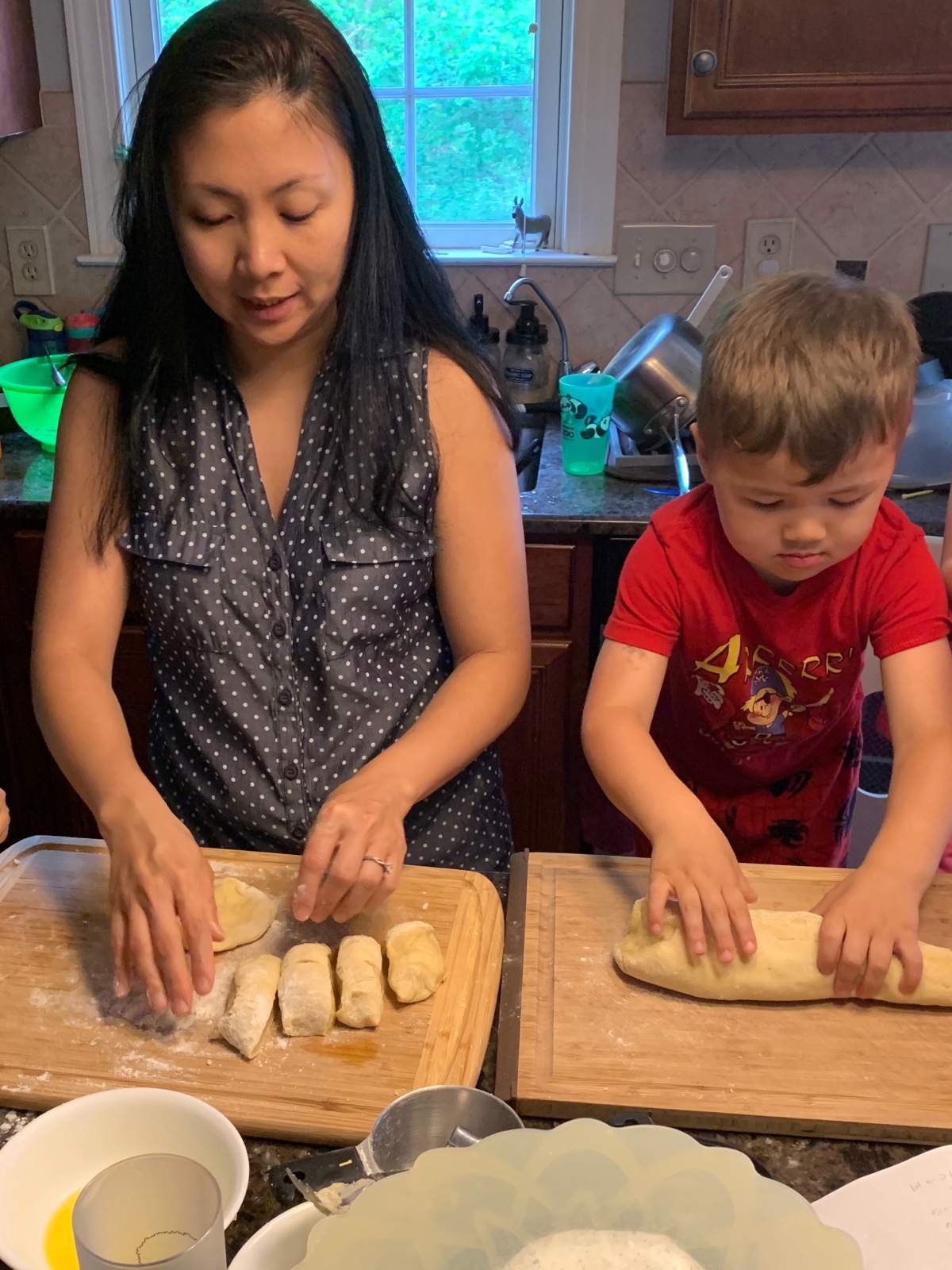
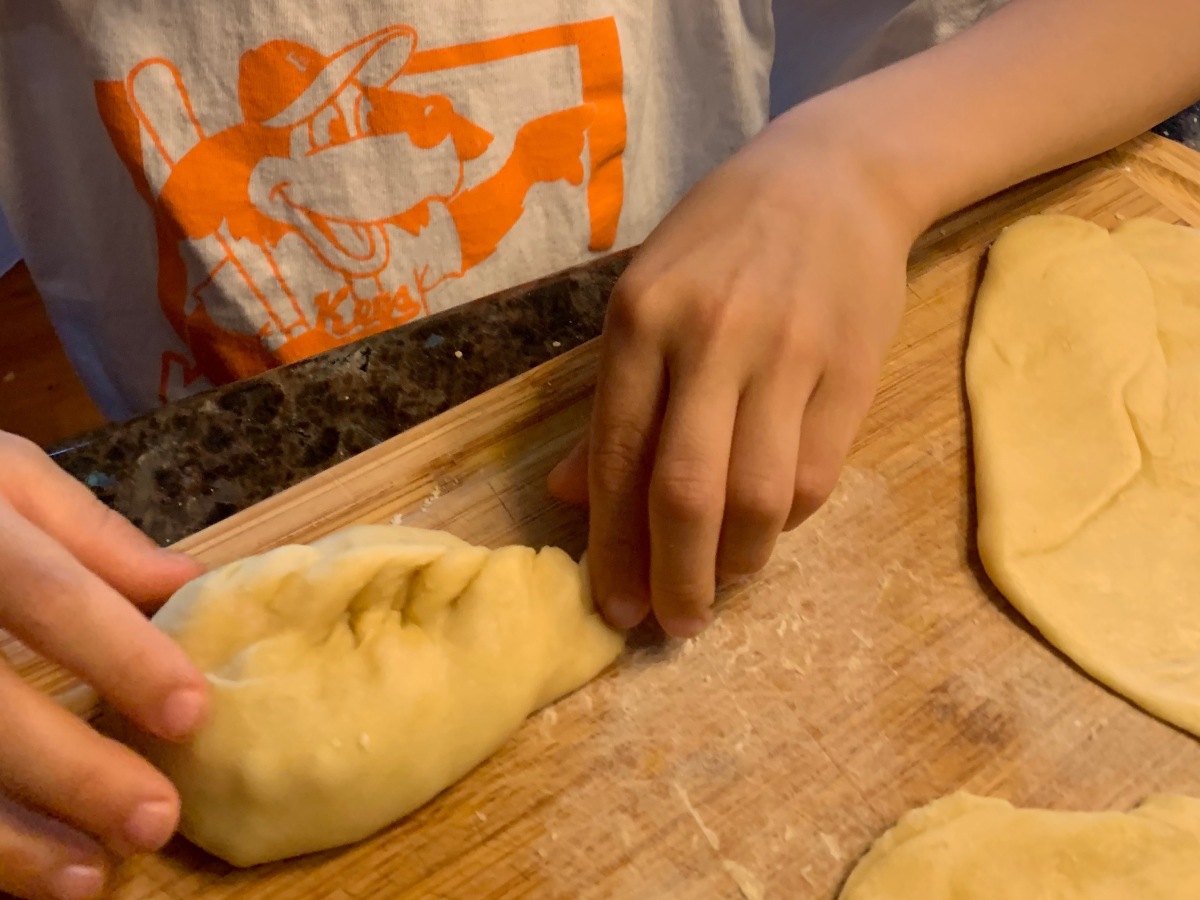

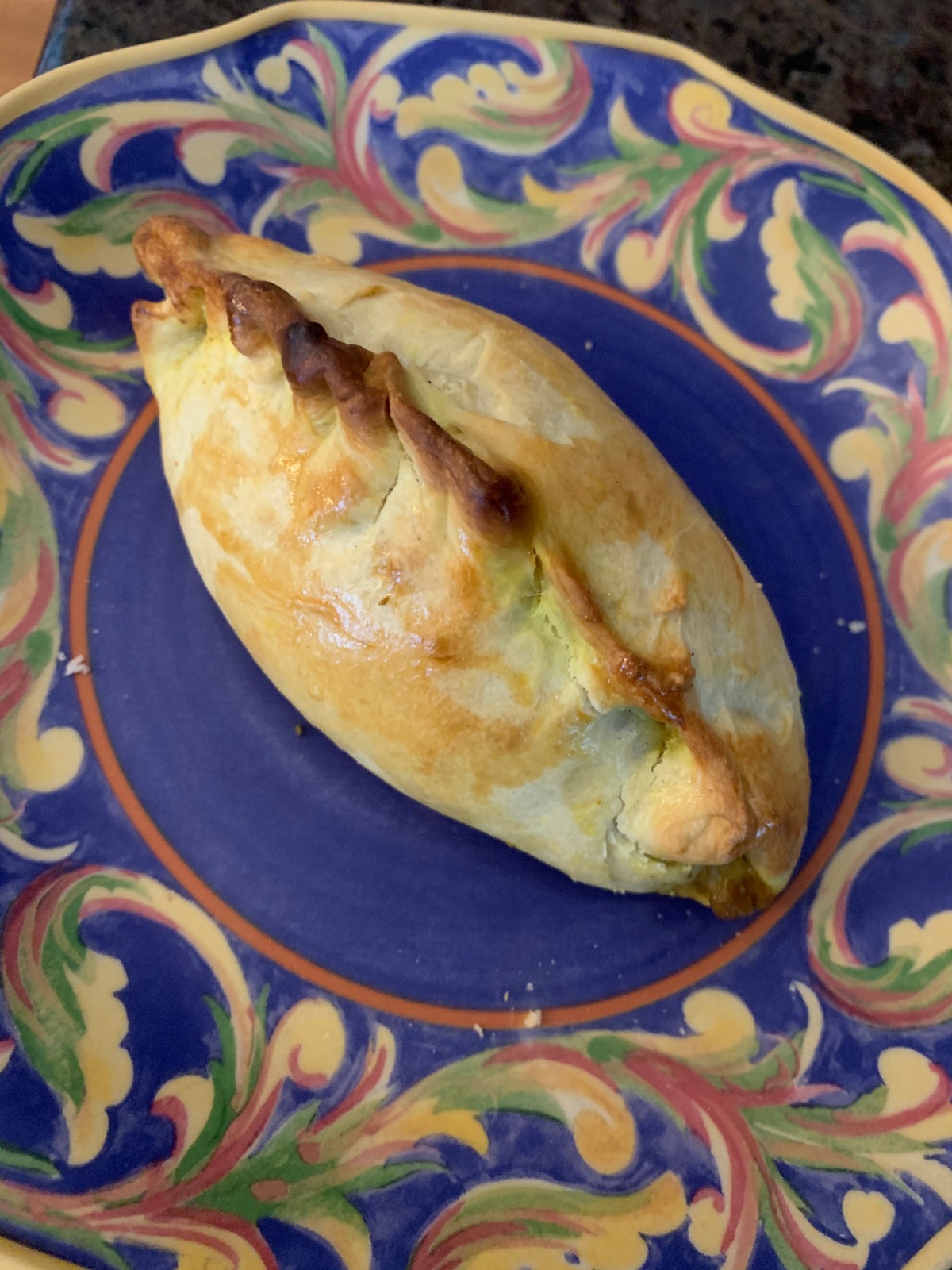

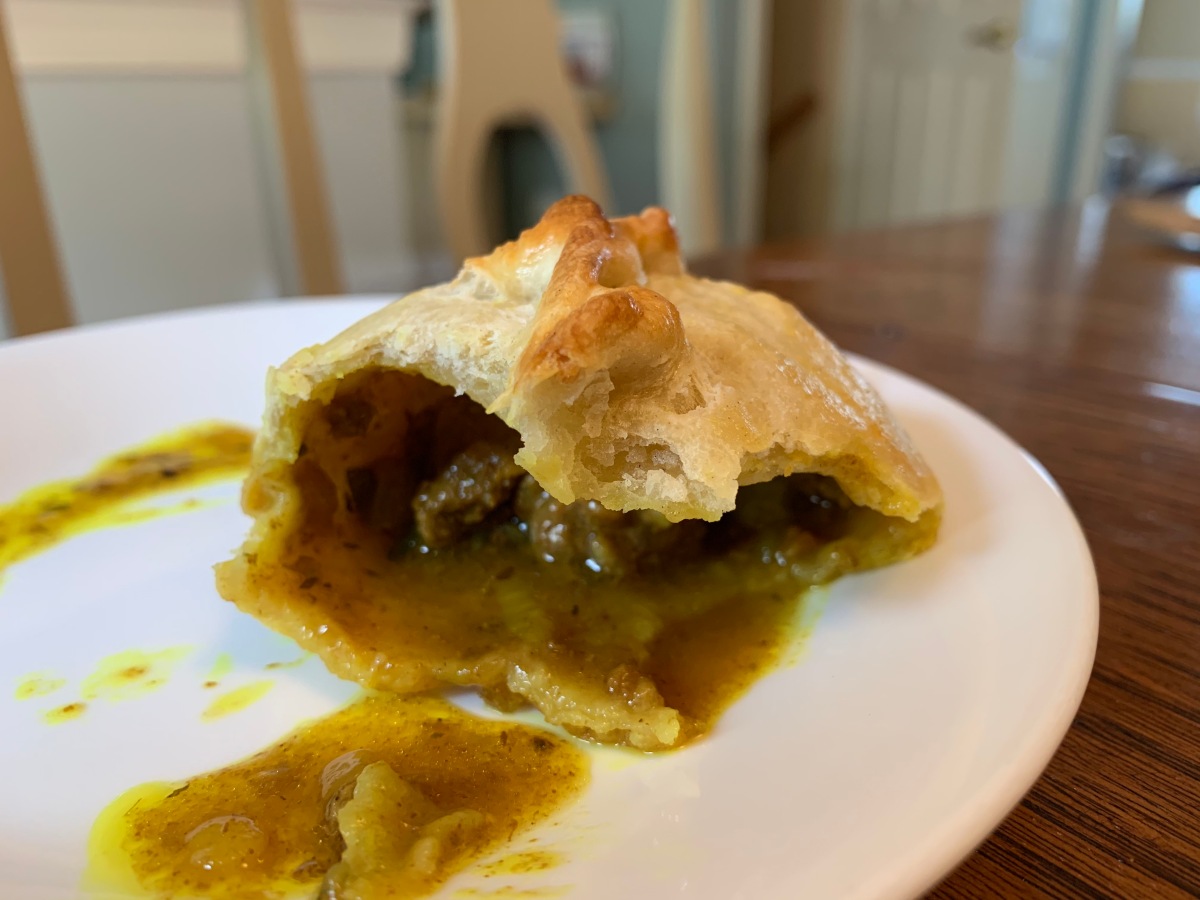
Composer Study
We listened to the music of Argentinian composer Alberto Ginastera during our studies of the southern countries of South America: Bolivia, Chile, Argentina/Uruguay, and Paraguay. For links to YouTube videos of his compositions, visit my page: “Composers: Alberto Ginastera.” For ideas of how to do Composer Study, visit my page: “Art and Music.”
Folk Dance
The national folk dance of Bolivia is the Caporales, which really stands out from the rest because it’s so rhythmic and I felt like the men have active dance moves.
- Bolivian Caporales Dance
- Caporales Tutorial (again, in Spanish, but it’s not hard to follow.)

Folk Music
- The Tupac Katari nation from the heights of Bolivia: Andean folk music
- Bolivia Music and Images
- Charango, an Andean folk instrument
- Putumayo world music CDs to check out:
Art Project
These Bolivian Paper Dolls were fun to do and explained all the unique Bolivian folk clothing. My five-year especially enjoyed coloring and cutting them out but a few days later, the boys used them to play with the camera and perspective. Turns out, it was too hard to do with small paper dolls–the camera kept focusing on item and making the other blurry. Nice try, though!
We also did watercolor of a Lake Titicaca scene with the reed houses and boats in the foreground.
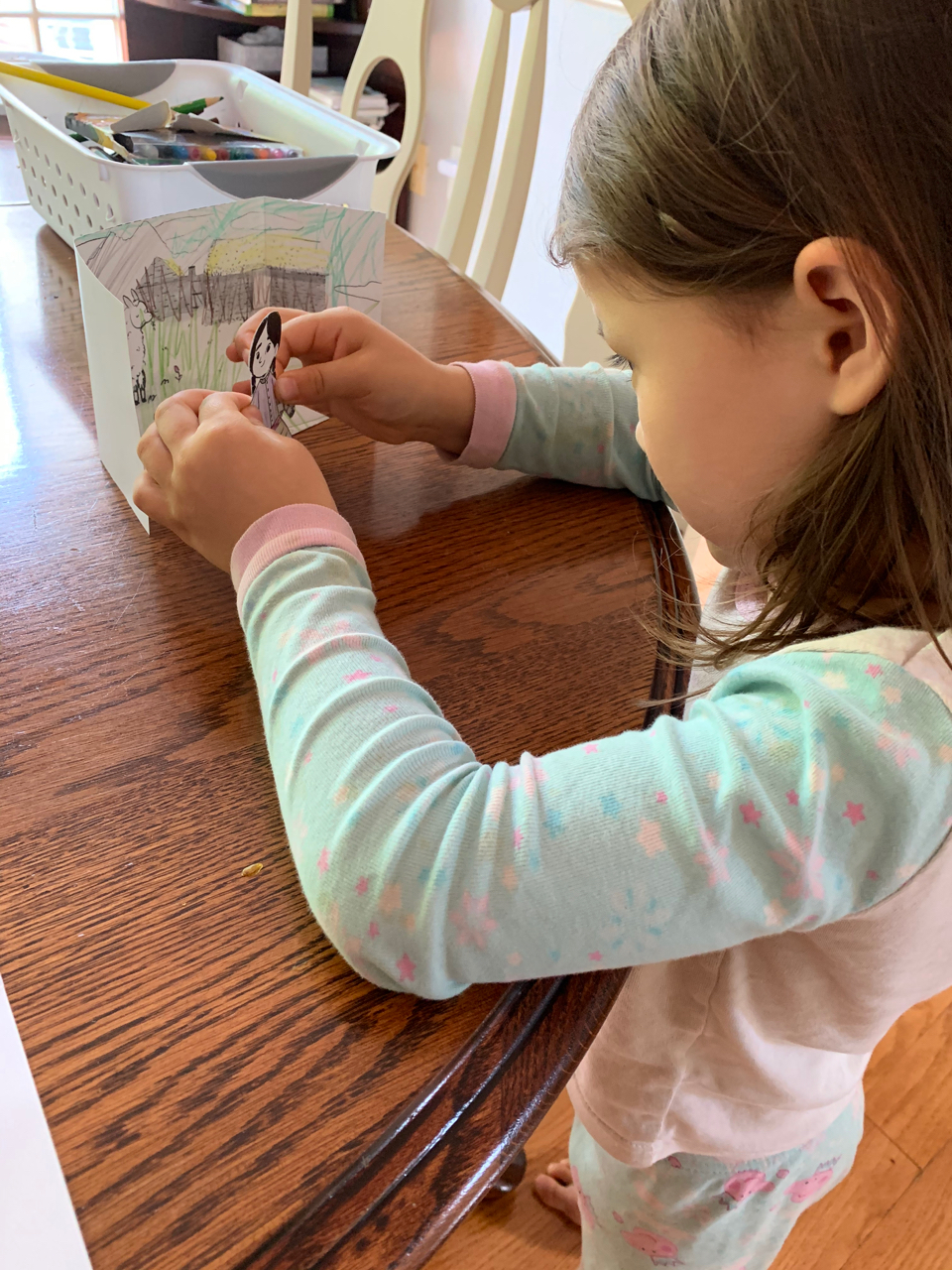
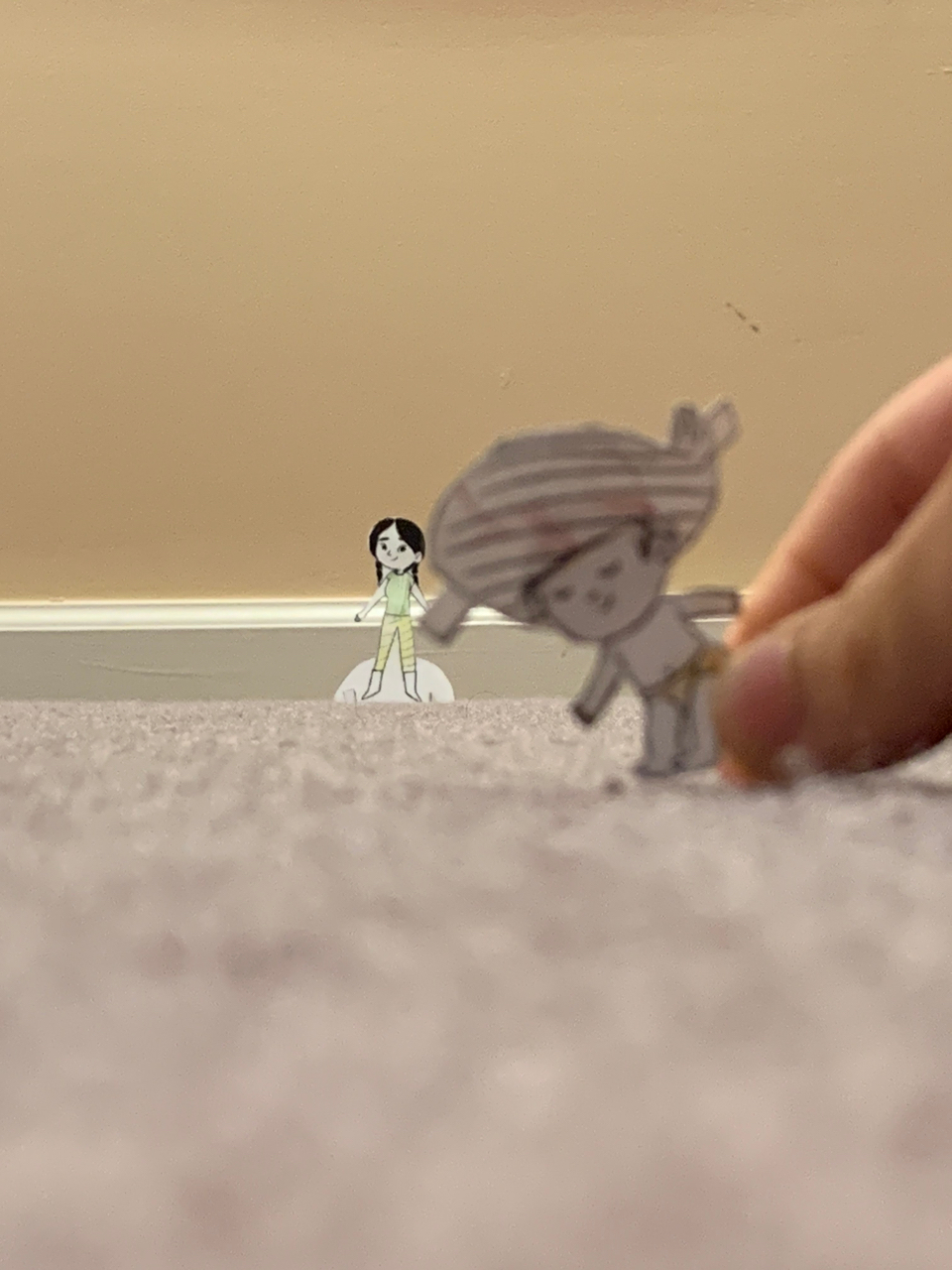

Physical Education
So I did NOT have the kids try wrestling beyond what are siblings are naturally inclined towards. But I did let them watch Cholita Wrestling, which the Bolivian women do in their folk attire of bombin (like a bowler hat) and fluffy skirts (atlasobscura article about Cholita Wrestling).
Games
Compassion.com has instructions on how to play “Huevo Quemado,” which is a Bolivian version of “Duck, Duck Goose.” It’s fun if you have little ones!
My kids also did this logic worksheet “Where’s My Toothbrush?“
Movie!
While on this last country that contains a bit of the Amazon Rainforest, we watched Rio 2. It was a sequel to Rio, but really different in that it dealt with the serious issue of the deforestation of the Amazon Rainforest. I really enjoyed it!
Geography YouTube Videos
- 25 Facts about the Amazon Rainforest
- 10 Amazon Animals for Kids
- Lake Titicaca, Animaniacs
- Leafcutter Ants
- Mouk cartoon, Bolivia episode Mouk: The Parrot Feather
- Geography Now! Bolivia (this is a fun resource geared towards adults and older kids; I recommend that parents pre-watch before showing to younger kids)